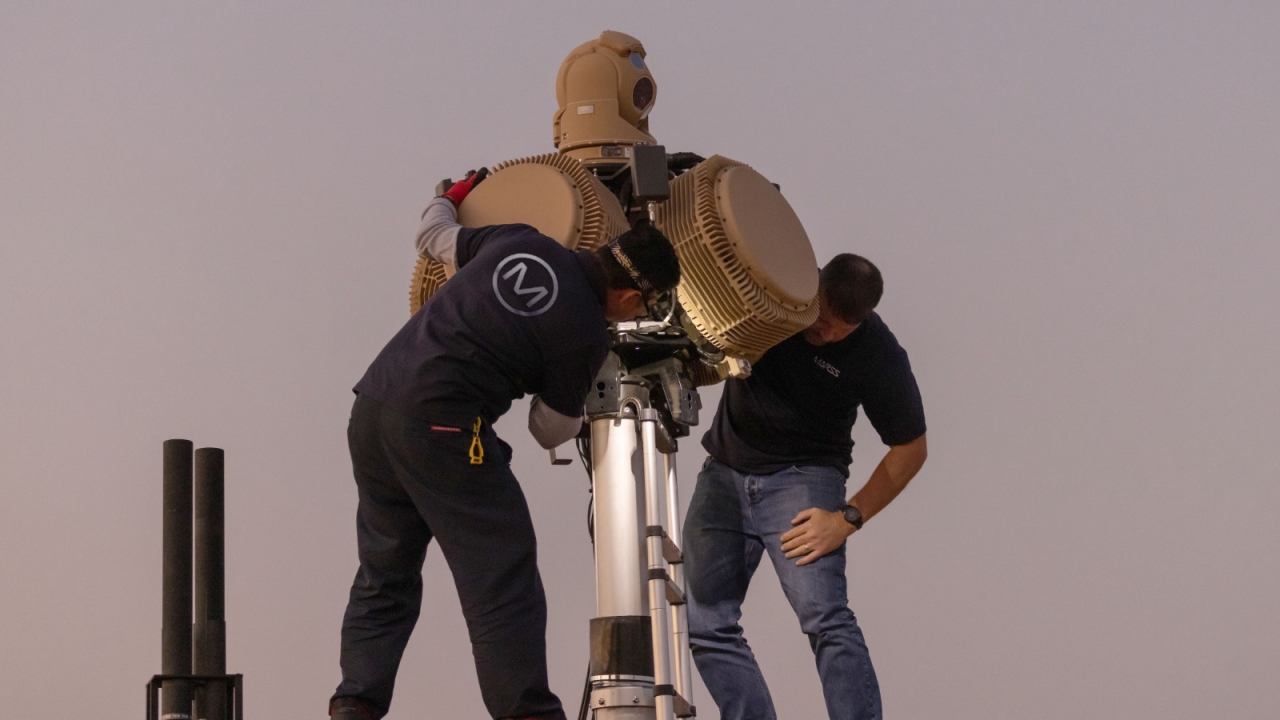A force to be reckoned with
The Egyptian Air Force (EAF) or Al Quwwat Al Jawwiya Il Misriya, is one of the largest air arms in the region and is also one of the longest established.
Formed in 1930 as the Egyptian Army Air Force, it became fully independent in 1937.

Initially it had close links with the British Royal Air Force and was primarily equipped with British-supplied aircraft. Spitfires gave way to Meteors and Vampires before the 1952 revolution, after which the new president, General Gamal Abdel Nasser, turned to the
The Egyptian air force was forged in a succession of hard-fought wars; against
The air force also began to reduce its reliance on Soviet equipment and introduced Mirage fighters into the inventory, initially via a loan arrangement with
Following the signature of the Camp David Accords by president Sadat and Israeli Prime Minister Menachem Begin on September 17, 1978, and the subsequent 1979 Israel-Egypt Peace Treaty,
One of the first fruits of the new relationship came in September 1977, when 35 ex-USAF F-4Es (armed with Sparrow, Sidewinder and Maverick missiles) were supplied to the EAF at a cost of US$594 million under the Peace Pharaoh programme. Ten further aircraft were supplied subsequently and the survivors still serve with 76 and 78 Squadrons of the 222 Fighter Regiment.
Behind the scenes, Egyptian cash was augmented by a more secretive arrangement under which large numbers of its Soviet-built fighters (including MiG-17s, MiG-21s, MiG-23s and Su-20s) were sent to the
From 1980, US and Egyptian ground forces began training together in the Operation Bright Star series of exercises. These were progressively expanded in scope, adding air force participation from 1985. Today Bright Star is held every two years and involves tactical air, ground, naval and special operations forces from a number of nations including
From 1982,
The EAF’s F-16s still serve in the air defence and tactical fighter roles, and have been upgraded to enable them to fire the AGM-84 Harpoon anti-ship missile. The 40 Block 32 F-16C/Ds (34 Cs and six Ds) delivered under Peace Vector II were compatible with the AIM-7 Sparrow, giving them a robust air combat capability.
Other deliveries from the
The country ordered 15 Elicopteri Meridionali-built CH-47C Chinooks in 1980 and Boeing began upgrading 12 of these to CH-47D standards from 2002; these subsequently joining four new-build D-models in 1998.
But
The Silver Stars converted to the new Alpha Jet in 1984 and increased from six to nine Alpha Jets in 1985.
The EAF was the first export customer for the Mirage 2000, ordering 20 aircraft in late 1981. Deliveries began in 1986 and the EAF formed a single squadron with 16 single-seat Mirage 2000EMs and four two-seat Mirage 2000BMs, which became operational in 1987. Financial problems put paid to plans for a second squadron, but the survivors continue to serve as multi-role fighters, armed with Matra Super 530D medium range semi-active radar guided air-air missiles and AS30L laser guided air-to-ground missiles.
The country turned to
In 1999,
In terms of aircraft numbers, the largest recent EAF order was for 68 Grob G-115 primary trainers. Other orders have been for small numbers of aircraft, often to top up in-service aircraft fleets. Three ex Danish C-130H Hercules were acquired in 2004, for example, and in May 2009,
Upgrades have been undertaken on surviving MiG-21s, which have gained glass cockpits, helmet-mounted sights, and R-73 missiles, and to the air force’s six E-2C Hawkeyes, which are being upgraded to Hawkeye 2000 standards.
Perhaps the most important upgrade programme has seen the air force’s older Block 15 and 32 F-16s outfitted with most of the features of the Block 40/42 features, fitted with holographic HUDs and able to carry LANTIRN pods and AGM-88 HARM missiles.
For some years, the Egyptian air force has had a requirement for a more capable strike fighter than the F-16.
After this rebuff, in November 2006,
The chance that
The EAF today is the primary aviation branch of the Egyptian Armed Forces. The air force has an inventory of 806 aircraft, including 586 combat aircraft and 149 armed helicopters. The force has 20,000 personnel, based at 20 main bases, and includes 22 frontline fast jet fighter squadrons. The air force operates 48 R4E-50 Skyeye UAVs, two Camcopter UAVs and 50 324 Scarab unmanned vehicles.
The EAF is backed by a dedicated Air Defence Command with US AN/TPS-93 and AN/TPS-63 radar systems augmenting a dwindling number of Soviet-produced radar systems. Air Defence Command’s five territorial divisions incorporate 60 Surface to Air Missile units with the S-125 Kub (SA-3 ‘
Stay up to date
Subscribe to the free Times Aerospace newsletter and receive the latest content every week. We'll never share your email address.

